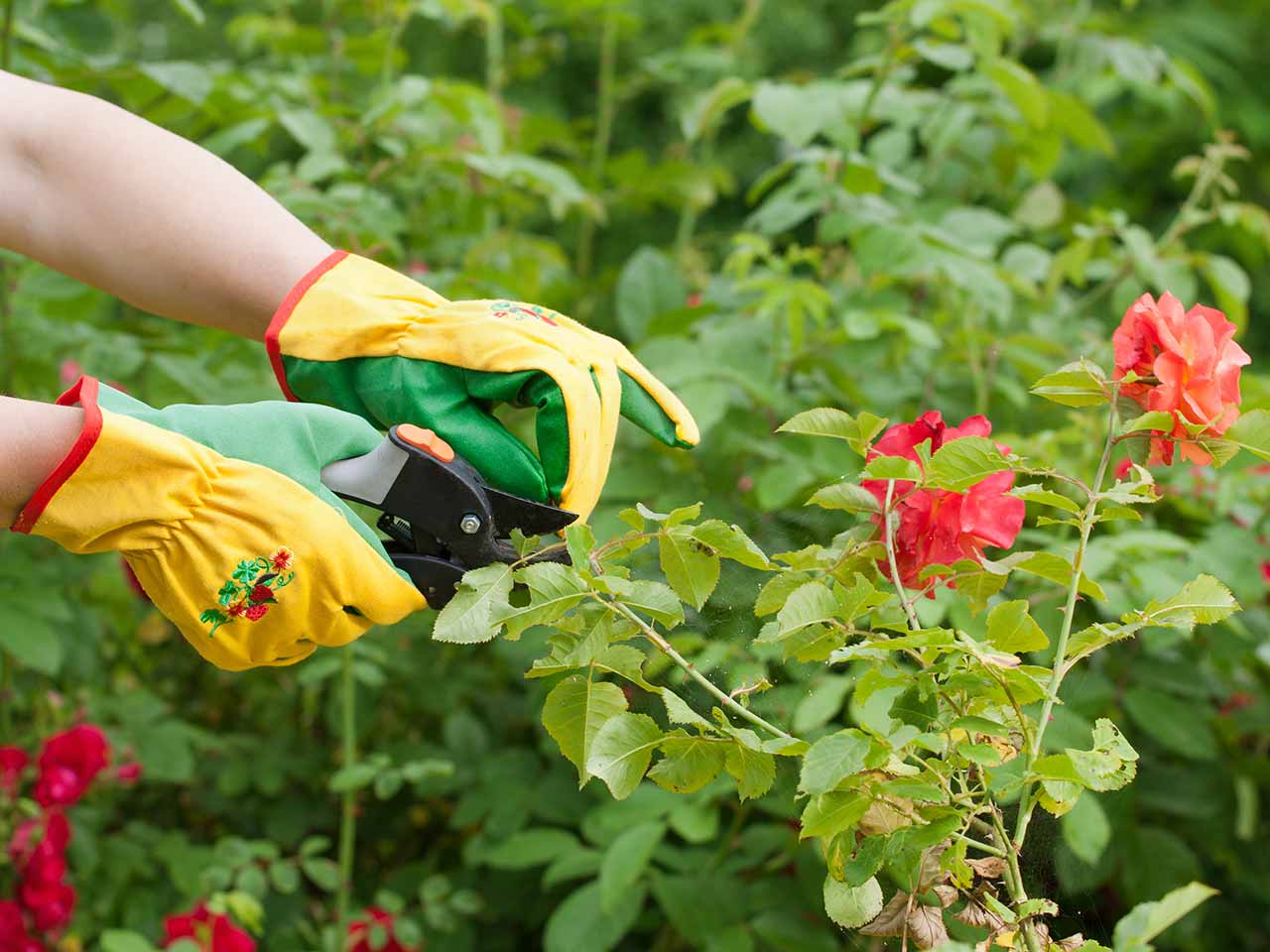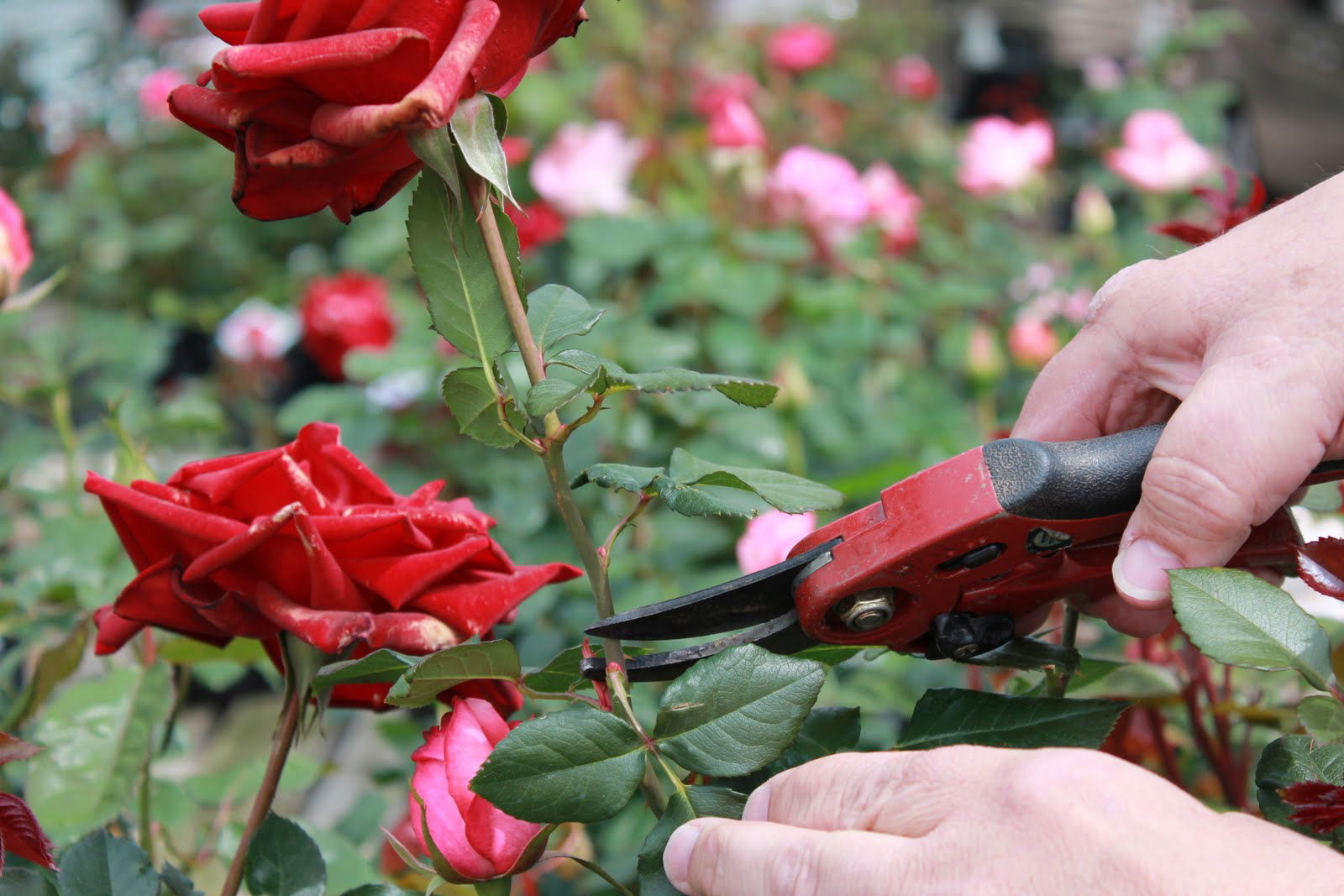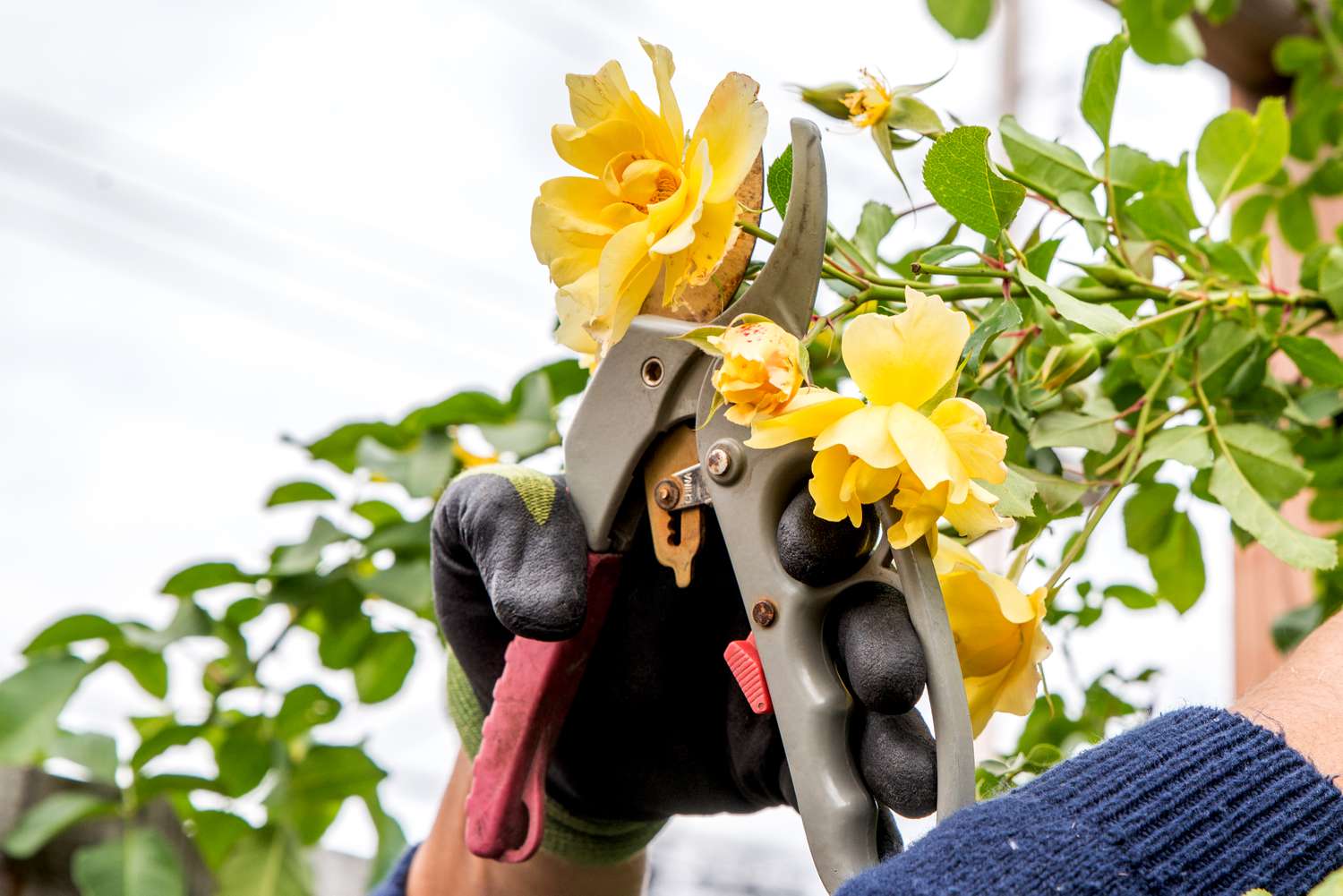
To have a nice luxuriant bush, you need to know how and when to prune roses: here are all the useful tips for your flower garden every spring.
It is said that the rose is the queen of the garden : it is certainly the symbol of love, as well as one of the most beautiful and colorful flowers in the world. You can find many varieties, each of them perfect for decorating open spaces and for transforming the balcony into a flowery corner. Growing roses does not require particular skills, but you have to pay attention to pruning , so that the plant is always healthy and gives wonderful flowers. Here’s how and when to intervene.
Rose, the characteristics of the plant
The rose is a plant belonging to the Rosaceae family ( which includes not only many floral species, but also fruit plants such as cherry , peach , apricot , apple and pear). It probably originated in Asia Minor between 60 and 70 million years ago, and soon spread throughout the rest of the world. Its main habitat is the Mediterranean area, where it grows spontaneously up to 1000 meters above sea level, preferring good sun exposure and a temperate climate . But it is also able to withstand winter temperatures quite well, at least in our latitudes.

There are many varieties of roses , some bushy, some climbing or even in the form of small trees. Even its flowers can be very different from each other, both in size and shape. One of the most common species is the dog rose, which also grows spontaneously in our country, while the glaucous rose and the rose pendulina are particularly widespread in the Alps. It is mainly an ornamental plant , grown in the garden or in a pot to give a touch of color to the environment. In fact, roses are among the most beautiful flowers: they can be of many colours, from pink to red, passing through white, yellow, purple and all shades in between.
How to grow roses
Growing roses isn’t that difficult: planting generally takes place in autumn , so that the plant has enough time to develop its roots before the winter cold arrives. In areas most at risk of frost, however, sowing can be delayed until the very first weeks of spring, when temperatures gradually begin to warm up. Since the plant prefers direct sunlight, it is best to choose a place that has good exposure for most of the day , and which is also well ventilated. Some varieties grow well even in partial shade, while entirely shaded areas, too humid or too dry, are to be avoided.
As far as the soil is concerned, the rose has no particular needs: however, it is better to opt for soft and humus-rich soil , capable of retaining humidity well without risking the formation of dangerous stagnations. Once planted, this flower needs plenty of water to grow healthy: therefore pay attention to the soil, making sure it is always moist. Remember to water early in the morning or after sunset, so as not to risk burning the plant, and not to wet the leaves. Furthermore, towards the end of summer, irrigation must be reduced to prepare the rose for winter rest.
Pruning roses: useful advice

We have seen that growing roses is very easy, but there is still a fundamental step to see: it is pruning , a very important technique to ensure that the plant grows healthy and gives abundant flowering. Cutting the old branches to make room for the new, younger and more productive ones also helps to have a more harmonious and tidy bush. However, it is necessary to know not only the period in which it is best to prune the rose , but also the way in which the cuts should be made. Let’s see which are the most useful tips.
When to prune roses
Pruning can take place in three seasons: winter, summer and autumn. While the summer and autumn ones can be omitted, the winter ones remain essential for the health of the plant. The elimination of dry or withered branches must be done between the end of January and the beginning of February (but it can be postponed until March in the areas most at risk of late frosts). You can then intervene again after flowering to remove any diseased branches or those attacked by parasites, but also to prune a bush that is too abundant , which risks taking away air and light from the innermost flowers.
How to prune roses

Now let’s see how roses are pruned. Observe the plant carefully and select the branches to cut : concentrate on the dry or diseased ones, but also on those that have grown too internally and therefore cannot benefit from sunlight and correct air circulation. The latter, in fact, not only will never produce luxuriant flowers, but they also subtract important nutrients from the rest of the plant. How to proceed? The cut must be made above a healthy bud . It is good to choose a bud that goes outwards, in this way you will have a more pleasant shape of the bush.
The pruning cut must go in the opposite direction to the bud and obliquely. For each branch only 2 or 3 buds should be maintained, in this way the branches generated will be stronger and capable of producing roses with bright colors. Pruning is slightly different in the case of climbing roses , real trees. In this case the branches will have to remain longer than those left for small or potted plants. To have optimal flowering it is also possible to leave 5 or 6 buds. The cutting technique is instead the same, therefore oblique cut opposite to the gem. In this case it is also recommended to use a support.
For summer or autumn pruning , it is only recommended to clean the plants of any dry branches and eliminate the withered roses, in this way it is also possible to prolong the flowering period. If the scar from the cut is large, take care to cover it with putty. To avoid transmitting diseases to the plant, also remember to properly sterilize the shears and other cutting tools both before and after each pruning. Their correct maintenance is essential to have healthy roses, always luxuriant and in bloom.




















